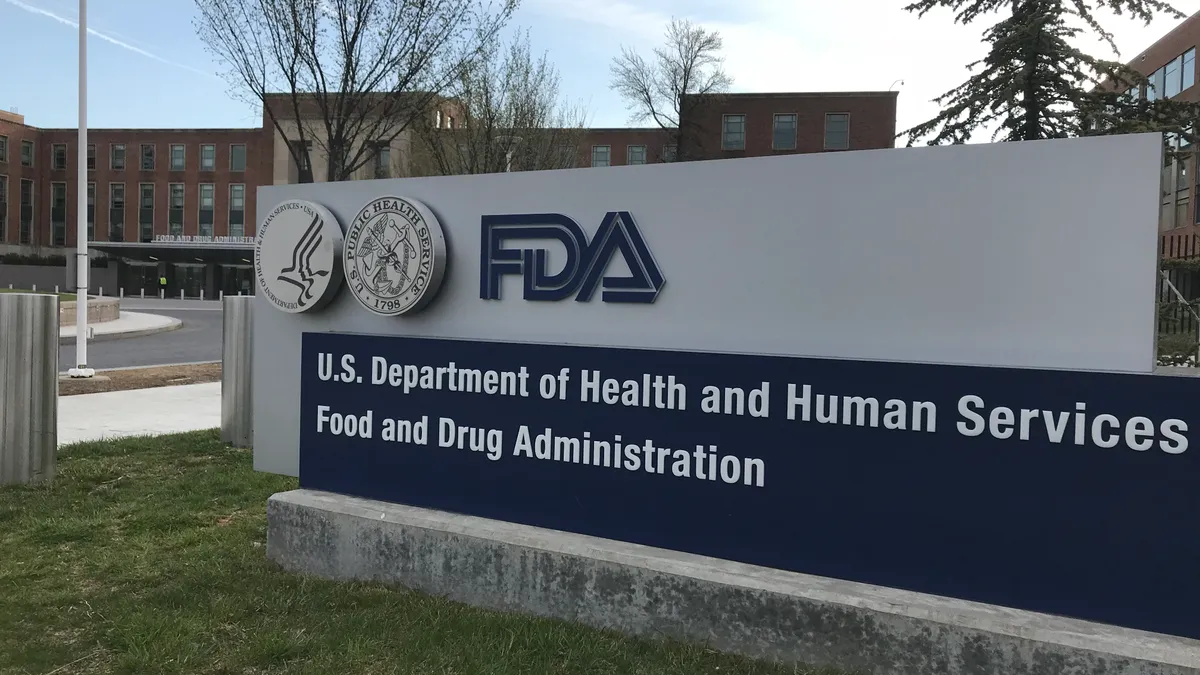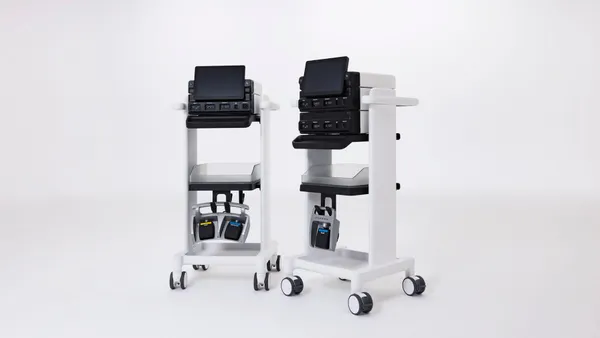Dive Brief:
- FDA eariler this week announced a five-year strategy to strengthen and expand its Sentinel electronic system for monitoring the safety of drugs and other medical products on the market. The postmarket surveillance system uses a database of real world statistics including insurance claims, registries and electronic health records to monitor the safety of drugs, vaccines, medical devices and biologics such as blood products.
- The agency intends to expand access to new data types, develop analytic methods to improve surveillance capabilities and add more partners to the network.
- FDA said it will discuss its five-year plan for improving Sentinel with stakeholders at a workshop scheduled for April 3-5.
Dive Insight:
FDA began work on the Sentinel initiative in 2008 and formally launched the system in 2016 with the goal of being able to rapidly and securely access information from large amounts of electronic healthcare data. It is separate from the agency's adverse event reporting system.
Sentinel has the world's largest multi-site distributed database dedicated to medical product safety, according to FDA, with partner organizations including public, academic and private entities providing access to healthcare data and technical and organizational expertise. The Sentinel System Coordinating Center is led by the Harvard Pilgrim Health Care Institute. Before Sentinel, FDA generally could work only with one healthcare organization at a time to evaluate a safety issue.
The system is set up to allow the agency's collaborators to query the distributed data to investigate FDA safety concerns and respond often within weeks. Focused surveillance efforts have been built around vaccine safety with the Postmarket Rapid Immunization Safety Monitoring system and around blood and blood products with the Blood Surveillance Continuous Active Network.
In a statement announcing the agency's new five-year strategy for expanding Sentinel, FDA Commissioner Scott Gottlieb and Gerald Dal Pan, director of the agency's Office of Surveillance and Epidemiology in the Center for Drug Evaluation and Research, said greater use of real world evidence can improve patient outcomes and lower the cost of medical product development.
FDA said the system's distributed database currently is comprised mostly of administrative and claims data from health insurers. The agency is working to add clinical data including vital signs and laboratory test results, electronic health records, and data from hospitals, Medicare and disease registries.
In addition to developing approaches to identify unexpected safety concerns, the agency is working with the National Institutes of Health Collaboratory Distributed Research Network and the Patient Centered Outcomes Research Network to develop the Sentinel data infrastructure for other public health purposes.













